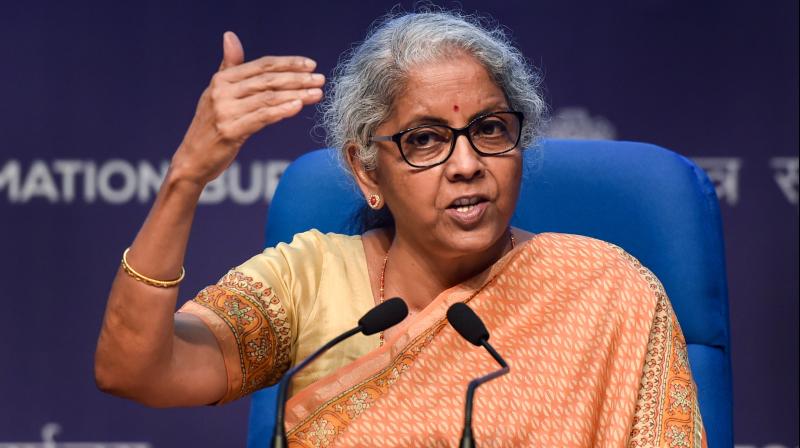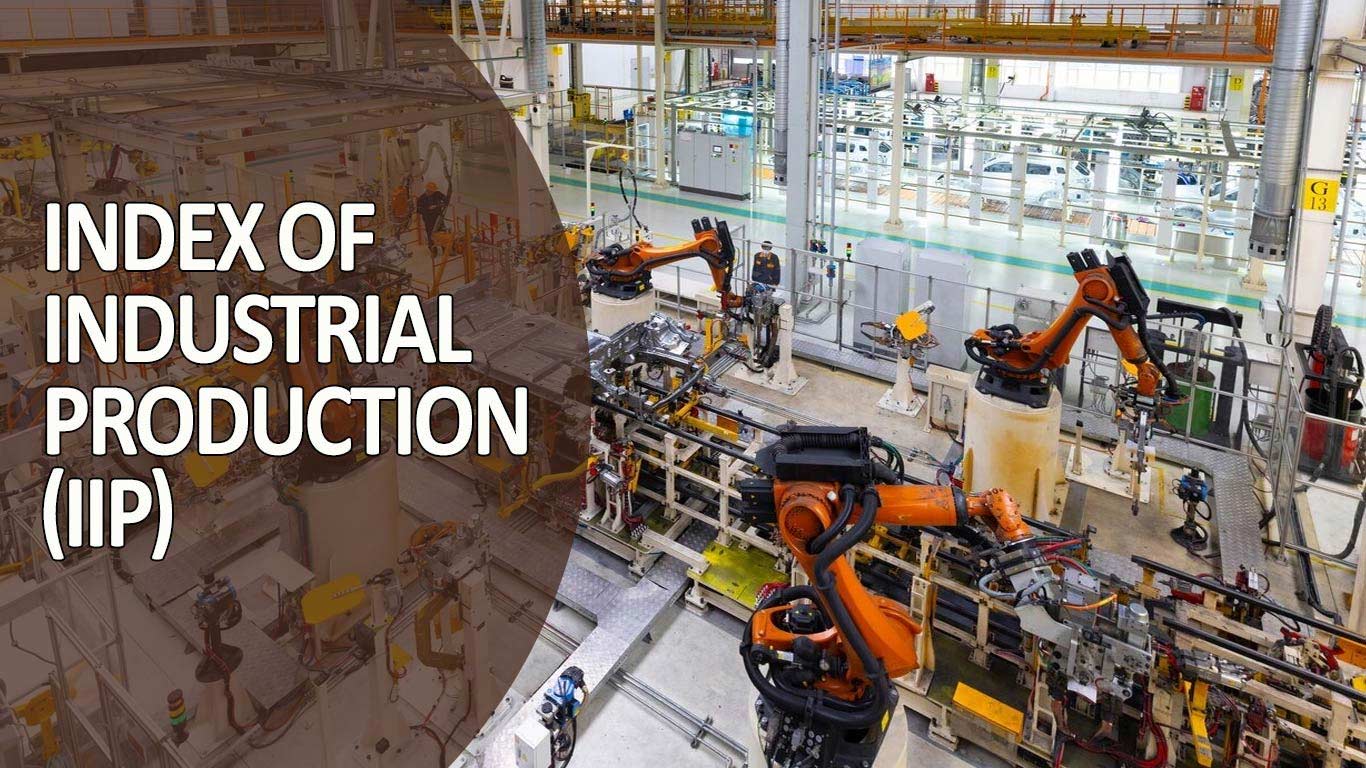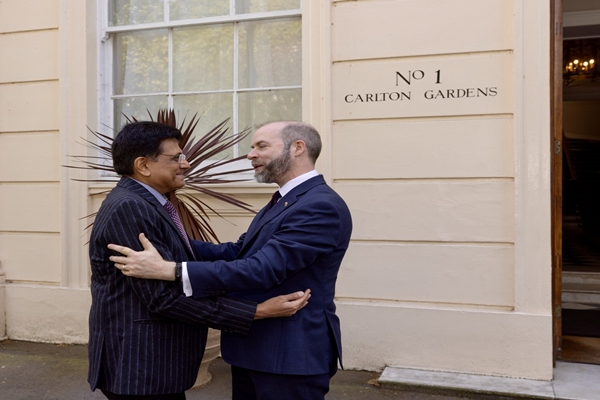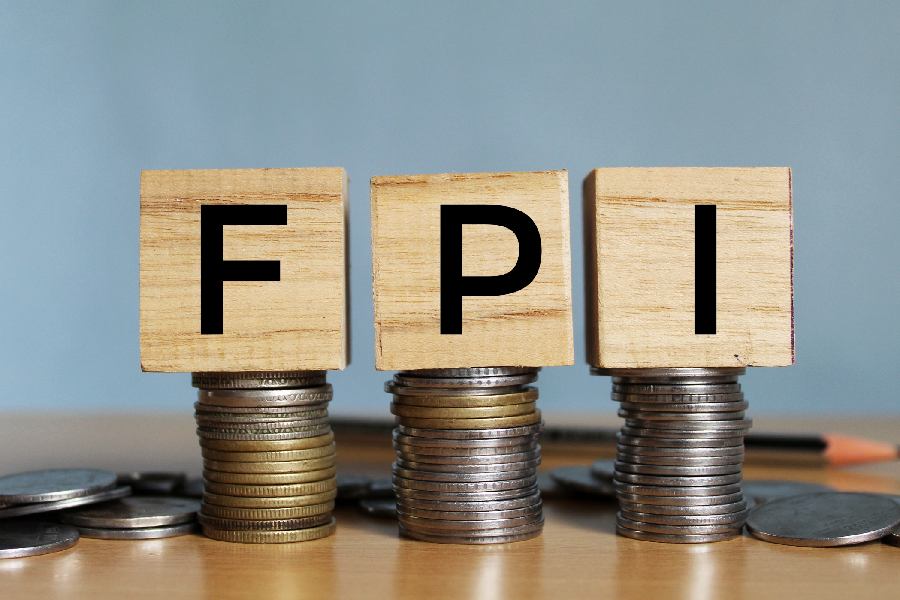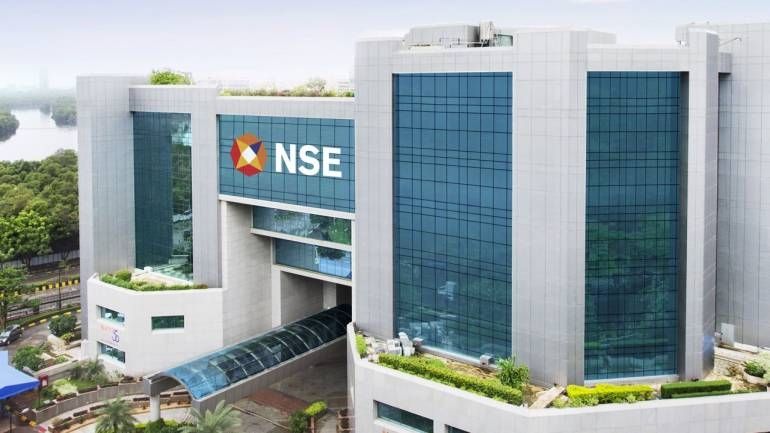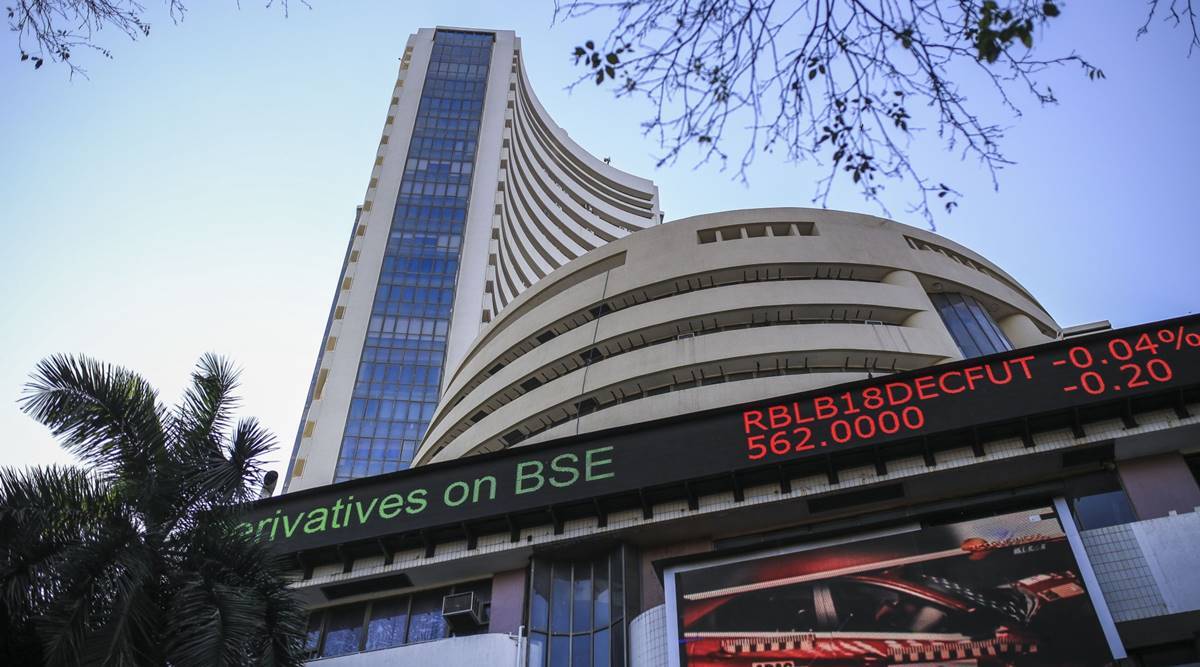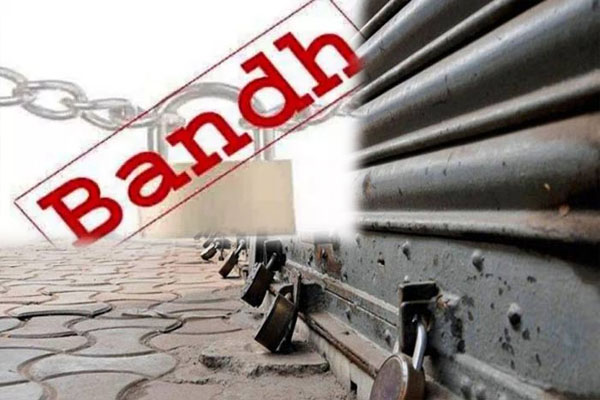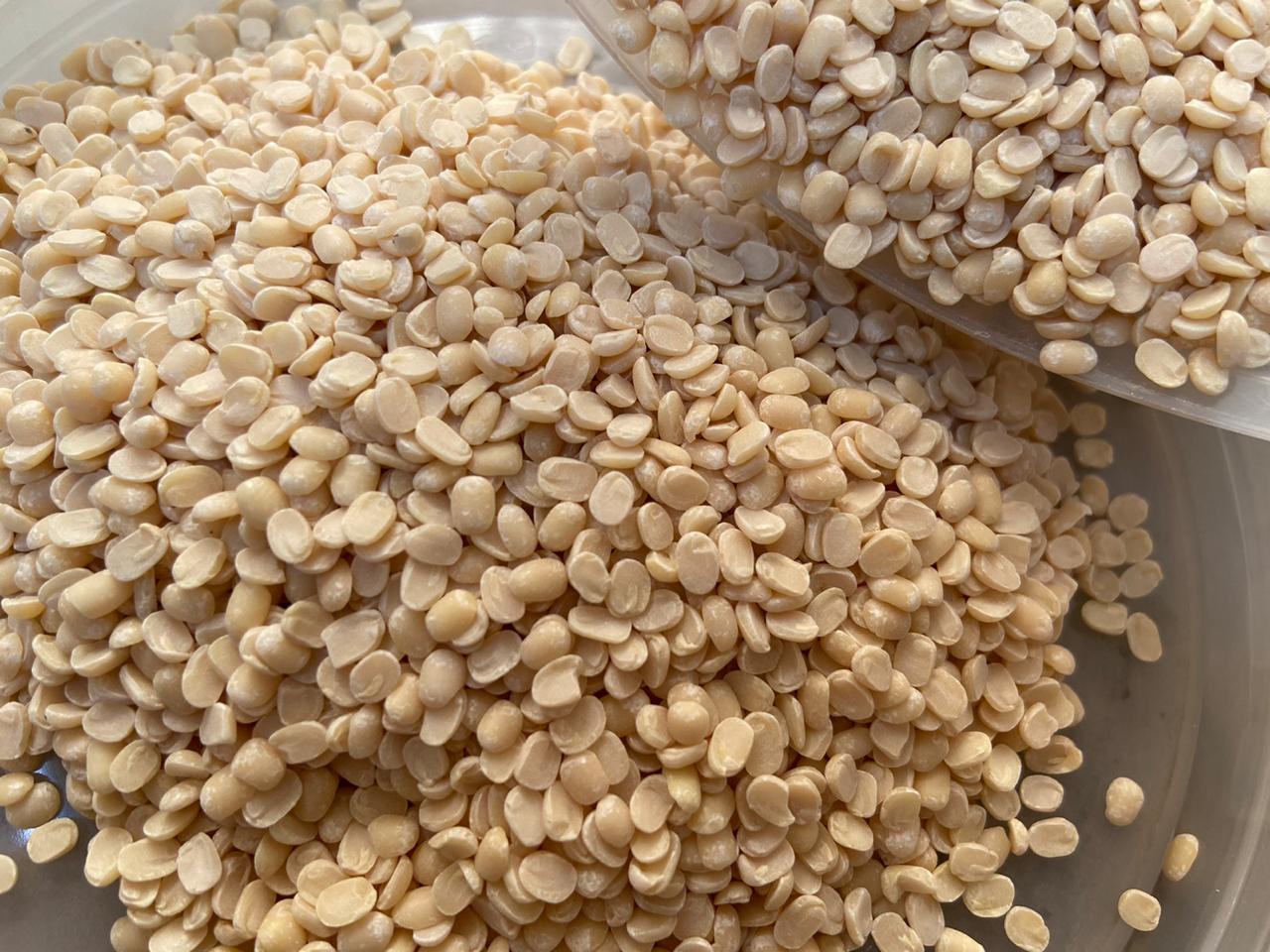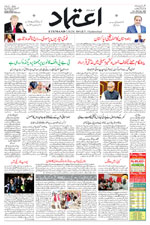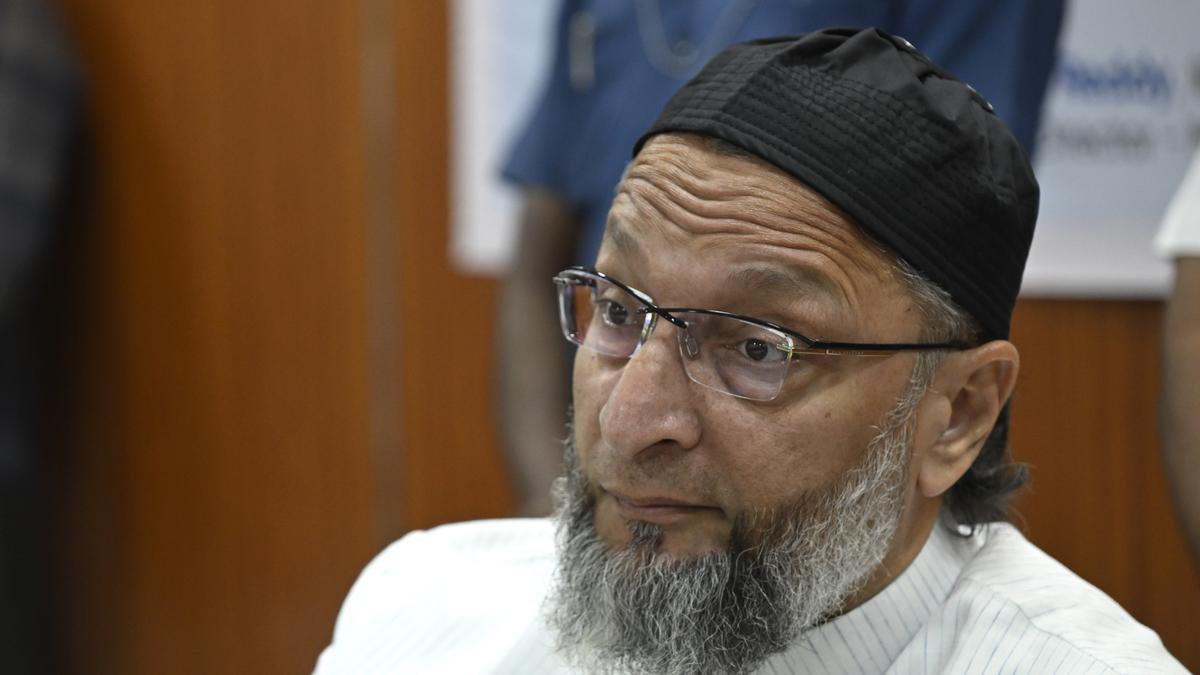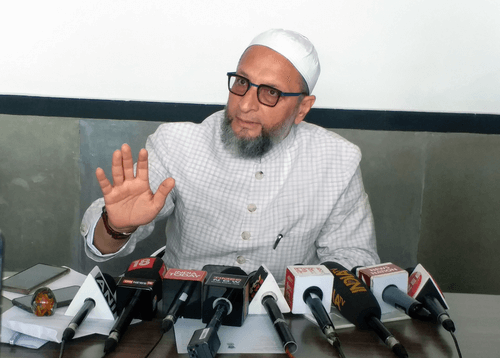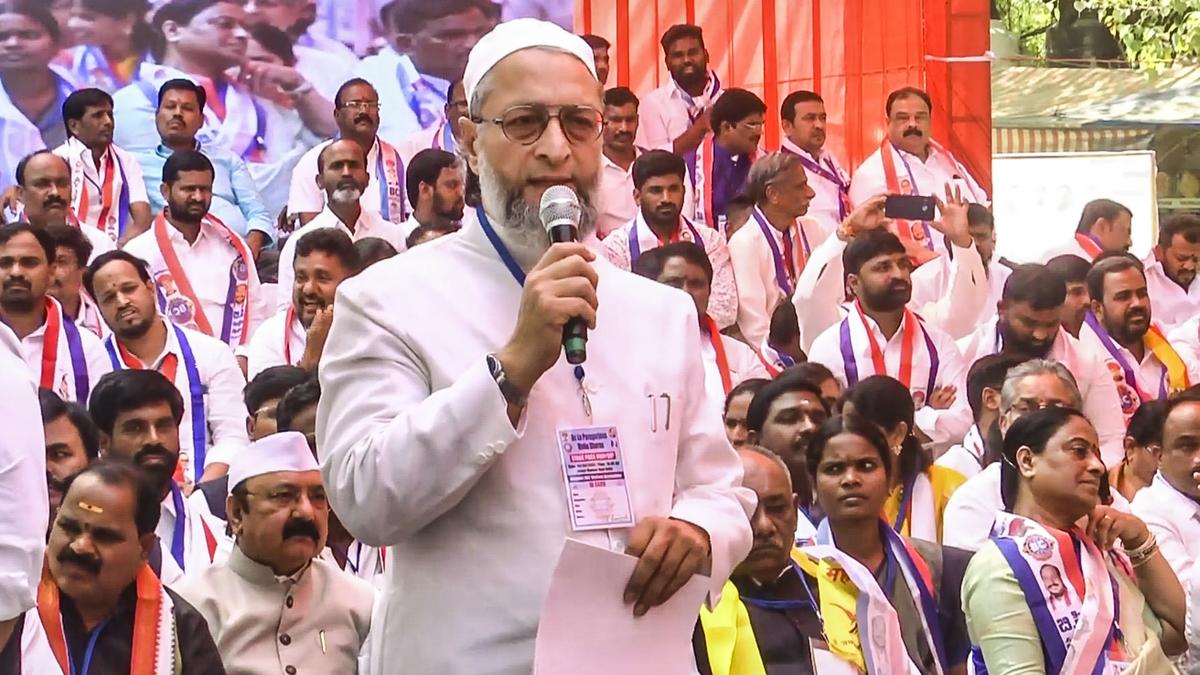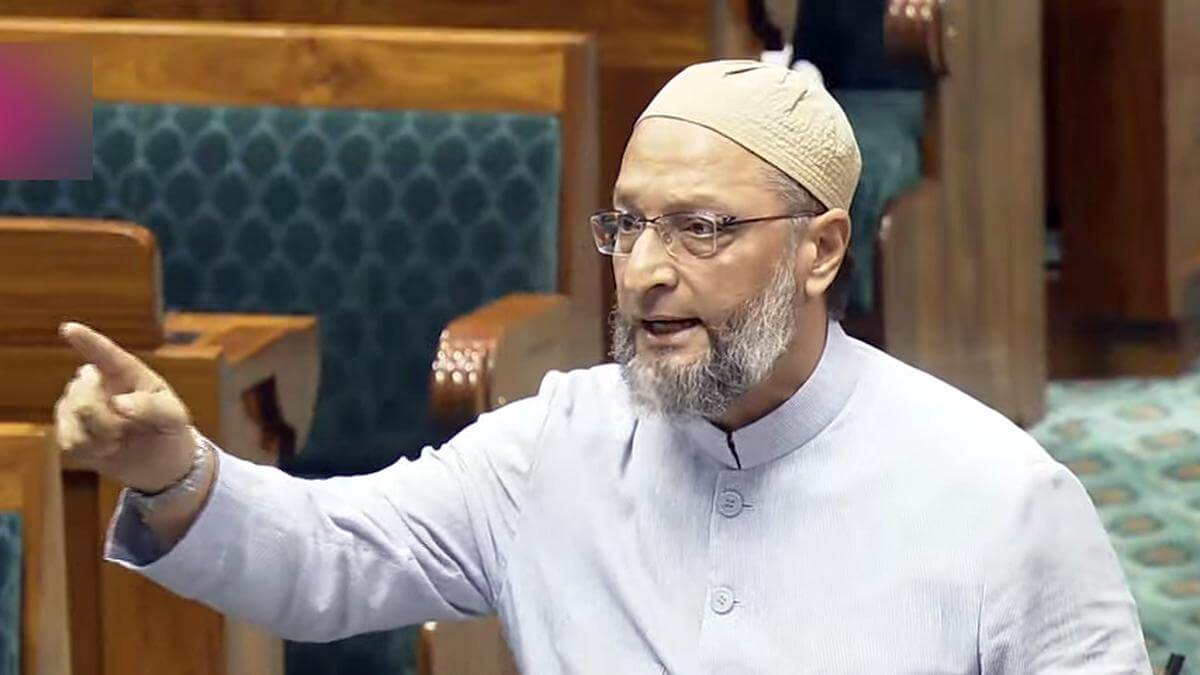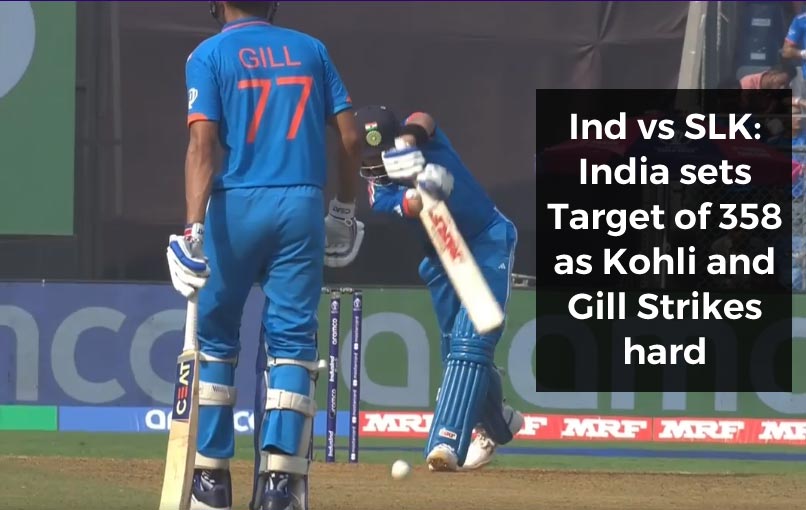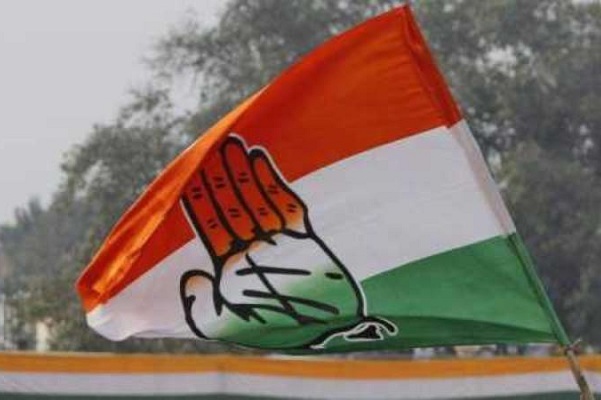RBI cuts policy rate by 25 bps to 6.25 per cent
Fri 07 Feb 2025, 11:26:47
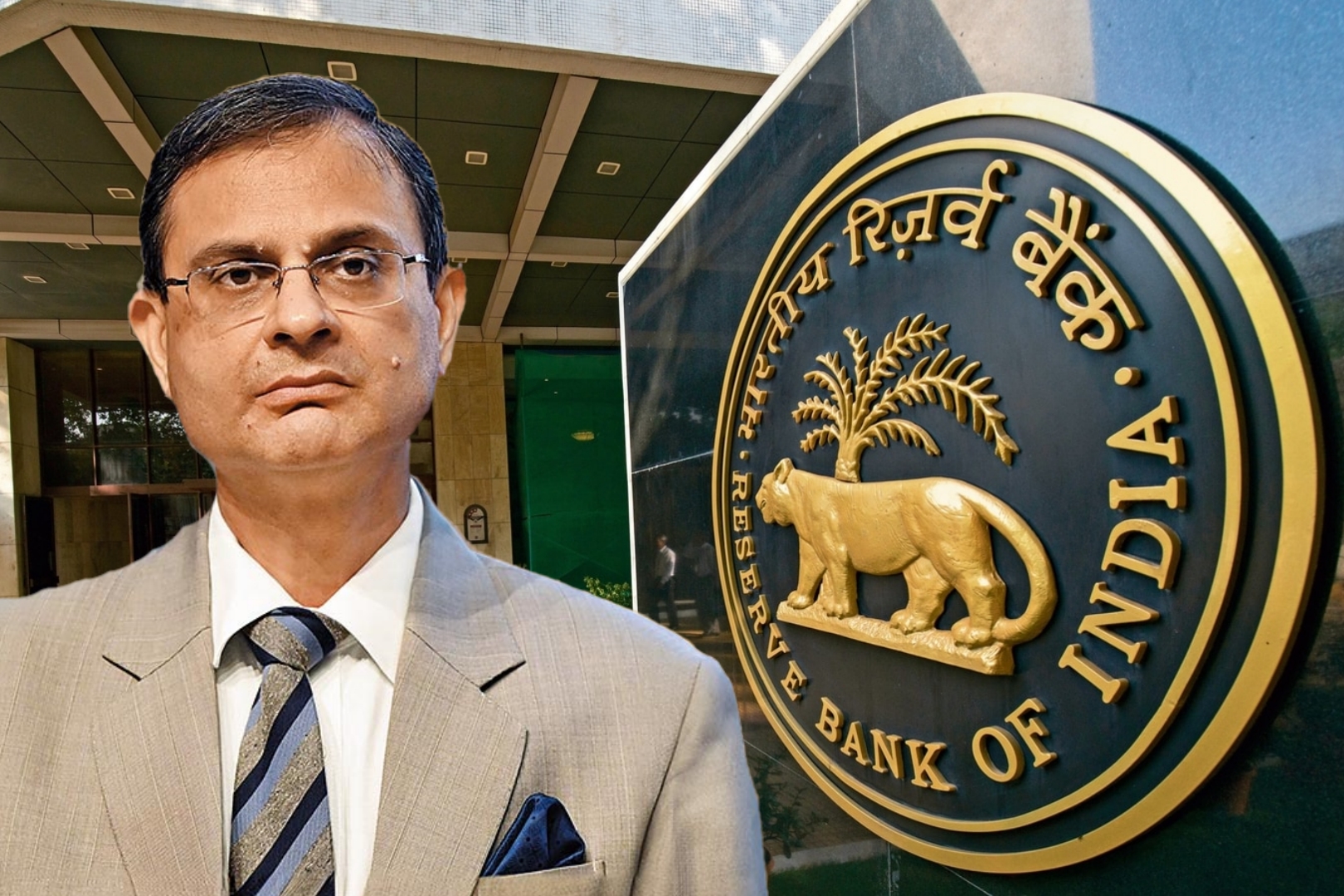
The Reserve Bank of India’s (RBI) six-member Monetary Policy Committee (MPC) Friday cut the repo rate — the rate at which the RBI lends to other banks — by 25 basis points to 6.25 per cent. This is the first rate cut initiated by the RBI in five years, the last one being in May 2020.
The repo rate, till now, stood at 6.5 per cent. The move comes barely a week after the Centre cut personal income tax to boost consumption.
The RBI’s MPC, in a unanimous decision, lowered the repo rate in a bid to stimulate economic activity by making borrowing cheaper, thereby encouraging spending and investment. The MPC, however, decided to continue with its “neutral” stance for the economy, which RBI Governor Sanjay Malhotra explained would provide flexibility to respond to the evolving macroeconomic environment.
Malhotra said that the framework has served the Indian economy very well over the years, including the very challenging period since the pandemic, and average inflation has been lower
post the introduction of this framework. He added that since the introduction of the framework, CPI has been largely aligned to the target, barring a few occasions of breaching the upper tolerance band.
post the introduction of this framework. He added that since the introduction of the framework, CPI has been largely aligned to the target, barring a few occasions of breaching the upper tolerance band.
RBI and MPC will continue to improve the macro-economic outcomes in the best interest of the economy using the flexibility embedded in the inflation targeting framework, while responding to the evolving growth-inflation dynamics, the RBI Governor said, adding that the building blocks of the Framework will be refined further by making advances in the use of new data, improving forecasting of key macroeconomic variables, and develop more robust models.
The policy is being announced amid global uncertainty, with US President Donald Trump announcing tariffs on Canada, Mexico and China. The tariffs on Canada and Mexico have been postponed for a month. The tariffs have also triggered a fear of global trade wars, resulting in a rise in the dollar against major currencies on Monday.
No Comments For This Post, Be first to write a Comment.
Most viewed from Business
AIMIM News
Latest Urdu News
Most Viewed
May 26, 2020
Which Cricket team will win the IPL 2025 trophy?
Latest Videos View All
Like Us
Home
About Us
Advertise With Us
All Polls
Epaper Archives
Privacy Policy
Contact Us
Download Etemaad App
© 2025 Etemaad Daily News, All Rights Reserved.

